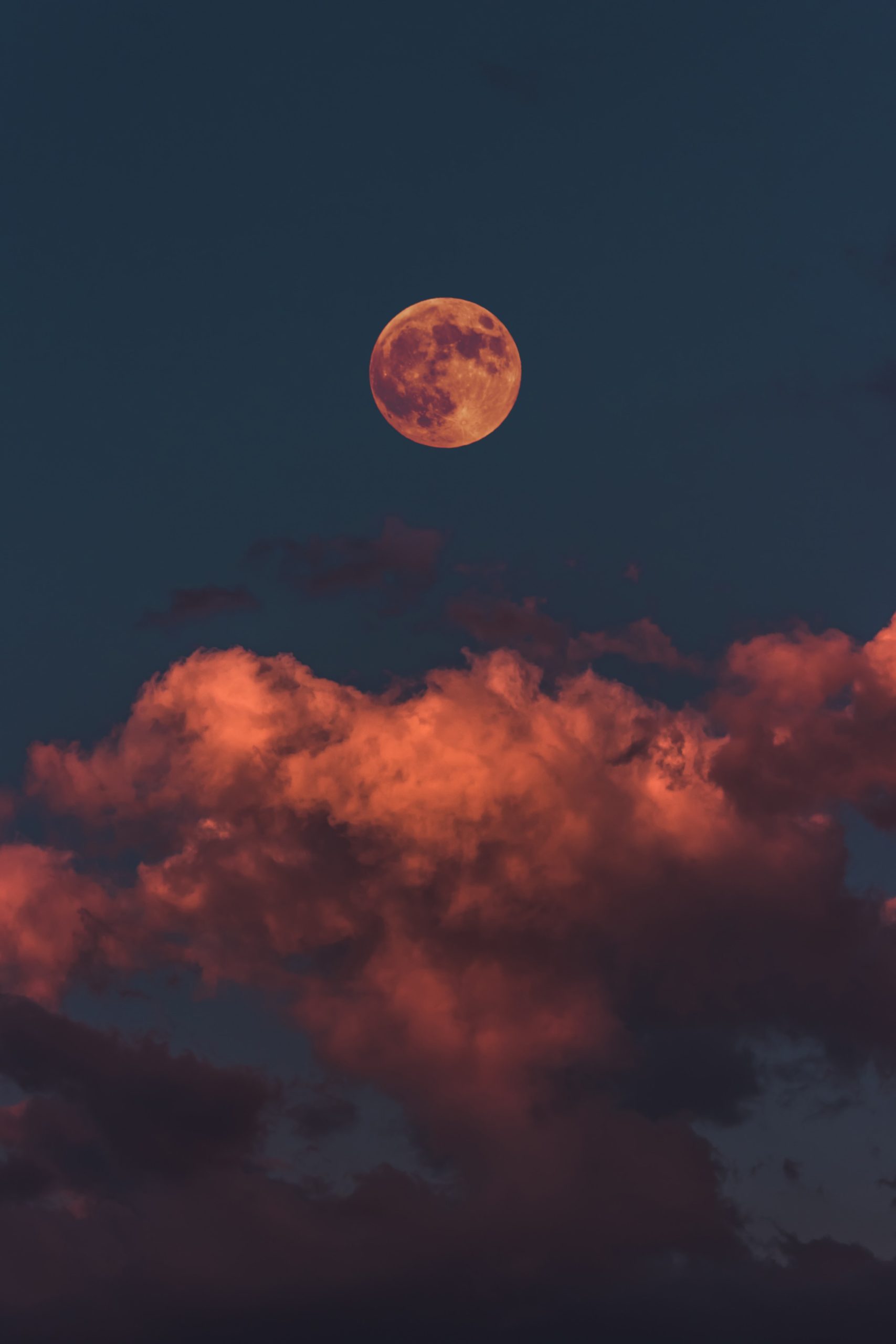The Significance of Moon Phases: Exploring the Celestial Dance in the Night Sky
Have you ever taken a moment to gaze at the night sky, marveling at the beauty and mystery it holds? One of the most fascinating aspects of our celestial canopy is the moon. Illuminated by the sun’s light, the moon undergoes a continuous cycle of changes known as moon phases. These phases, traditionally divided into eight distinct stages, have captivated humans for centuries and hold significant cultural, scientific, and spiritual symbolism. In this blog post, we will embark on a journey to understand the significance of moon phases and explore their influence on our lives and the world around us.
The Eight Moon Phases:
Before we delve into the significance of moon phases, let’s familiarize ourselves with the eight stages of the lunar cycle:
| Moon Phase | Description |
|---|---|
| New Moon | The moon is not visible from Earth in this phase. |
| Waxing Crescent | A small, crescent-shaped sliver of the moon becomes visible. |
| First Quarter | Half of the moon’s face is visible, resembling a half circle. |
| Waxing Gibbous | A larger portion of the moon is visible, moving towards a full moon. |
| Full Moon | The entire face of the moon is visible from Earth. |
| Waning Gibbous | The moon starts decreasing in size after reaching its full phase. |
| Last Quarter | Half of the moon’s face is visible, resembling another half circle. |
| Waning Crescent | A small, crescent-shaped sliver of the moon becomes visible again. |
The Cultural Importance:
Throughout history, moon phases have held profound cultural significance for numerous societies. From ancient civilizations to modern-day practices, the moon’s changing appearance has influenced religious ceremonies, agricultural practices, and even human behavior.
Ancient Civilizations:
Ancient civilizations, such as the Egyptians, Greeks, and Mayans, incorporated moon phases into their religious beliefs. The Egyptians, for example, worshiped the moon deity Thoth and used its phases to predict the Nile River’s flooding pattern, ensuring successful agricultural endeavors. Similarly, the Greeks associated the moon with their goddess Artemis and used lunar calendars in religious festivals and the timing of important events.
Agricultural Practices:
In agrarian societies, moon phases were essential for determining ideal planting and harvesting times. Farmers would rely on lunar calendars to guide their decisions, as they believed that specific moon phases influenced plant growth and yield. The waxing moon was considered conducive to the growth of above-ground crops, while the waning moon was associated with the underground growth of tubers and roots.
The Scientific Significance:
While the cultural significance of moon phases is fascinating, it’s essential to explore the scientific explanations behind these celestial events. The moon’s changing appearance is due to its orbit around the Earth and the way sunlight illuminates its surface.
During a new moon, the moon is positioned between the Earth and the sun. As a result, the side of the moon that faces the Earth receives no direct sunlight, making it invisible to us. However, as the moon orbits the Earth, we gradually see more of its illuminated side, leading to the various phases we observe throughout the lunar cycle.
The gravitational forces exerted by the moon and the sun also play a role in the moon’s phases. These forces create the tides on Earth’s oceans, causing the ebb and flow that humans have relied upon for centuries for activities such as fishing and navigation.
The Spiritual Connection:
Beyond their cultural and scientific implications, moon phases have long been associated with spiritual practices and beliefs. Many spiritual traditions believe that specific moon phases possess unique energies and vibrations that can be harnessed for personal growth, manifestation, and spiritual connection.
For instance, during the new moon phase, which signifies new beginnings, individuals may set intentions, start new projects, or engage in self-reflection and meditation. On the other hand, the full moon, often associated with abundance and heightened energy, is seen as an optimal time for rituals, manifestation work, and releasing what no longer serves.
It is important to note that the spiritual significance of moon phases varies across different practices and beliefs. Some may follow specific rituals and ceremonies, while others simply find solace in the moon’s serene presence during moments of introspection.
The Impact on Nature and Wildlife:
The ever-changing moon phases also impact the natural world around us, particularly wildlife and marine life. Numerous animal species rely on moonlight to navigate, reproduce, or engage in important behaviors.
Sea turtles, for example, use the moon’s light to guide their hatchlings towards the ocean after laying their eggs on sandy beaches. Similarly, certain insects and nocturnal creatures synchronize their mating patterns and migrations based on the intensity of moonlight.
Moreover, moon phases influence the behavior of marine organisms inhabiting the deep sea. Recent studies have revealed correlations between the moon’s phases and the patterns of vertical migration observed in organisms residing in oceanic depths. These migrations, often occurring during the waxing and waning gibbous phases when moonlight is less intense, can have cascading effects on the marine food web.
Embracing the Lunar Journey:
The significance of moon phases goes far beyond mere celestial events; they connect us to our roots, our spirituality, and the natural world we are part of. Taking time to observe and honor these lunar cycles can deepen our understanding of the interconnectedness of all things and open doors to personal growth, cultural appreciation, and scientific wonder.
Next time you find yourself gazing at the night sky, take a moment to appreciate the moon and its ever-changing phases. Feel the connection between yourself, humanity, and the vast universe unfolding above.
Remember, we are all participants in the celestial dance of the moon, forever intertwined in its rhythms and mysteries.
Table of Contents
